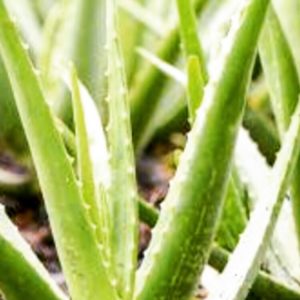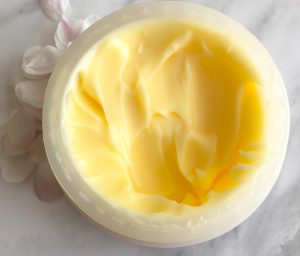A couple of weeks ago I was on holiday in Lanzarote and everywhere I looked there was an Aloe Vera plant or an Aloe Vera product. This is one of those ingredients that I’ve always taken for granted, I know it’s good for you and is found in beauty products, healthy drinks and diet supplements, but I wanted to learn a bit more about this “wonder plant”. So here’s a quick overview of some of the uses and properties of this versatile plant.

Aloe Vera has green cactus looking prickly and bitter leaves which it’s developed as a defence to keep animals and insects from feeding on it. The leaves contain a translucent gel which is extremely bitter and is made up of approximately 96% water; a type of protein that contains 18 of the 20 amino acids found in the body; Vitamins A, B, C, D and E; Vitamin B12 (aloe vera is one of only a few plants to contain this nutrient); Copper; Magnesium; Potassium and Zinc.
Aloe Vera has been used for medicinal purposes as far back as ancient Egypt where it was known as the “plant of immortality. It is native to North Africa, Southern Europe and the Canary Islands, but these days it’s grown worldwide. It’s antiviral and antibacterial properties have resulted in many claims for medicinal uses for the plant, from helping to treat acid reflux, to lowering blood sugar levels, to aiding wound healing and burns. Aloe Vera is also popularly used to help with sunburn, as it’s healing properties reduce the immediate pain or discomfort caused by sunburn, as well as to promote and possibly quicken the overall healing process. I found the gel to be great on sunburned skin and also as a general coolant, especially on my feet.
Aloe Vera is rich in Vitamin C, E and beta carotene which gives it its nourishing and anti-ageing qualities. As I’ve mentioned in previous posts, Vitamin C can aid the production of collagen thus helping to ensure that skin cells remain supple, firm and strong. So it might be worth looking into taking an Aloe Vera supplement as part of your skincare regime.

Given its anti-microbial properties, Aloe Vera can also be used as a facial herbal remedy to help heal blemishes and scars that may be created as a result of acne. It can moisturise the skin without making it greasy, which makes it a great buy for those with oily skin; obviously it’s tremendous hydrating ability make it a great moisturiser for those with even the driest skins. I suffer with extremely dry/flaky skin on my lower legs but the Aloe Vera body cream I got on holiday has really proved to help and it only cost around 3 euros.

Diet supplements, juices etc. can contain Aloe Vera; it’s rich in anti-oxidants which means it helps cut out free radicals in the body and boosts your immunity. It’s also a good source of protein so it helps muscle development and can give you more energy.
Yet another use for Aloe Vera is to protect against hairfall. It contains “proteolytic enzymes” which repair dead skin cells on the scalp. It promotes hair growth, prevents itching on the scalp, reduces dandruff and conditions your hair. Keratin, the primary protein of hair, consists of amino acids, oxygen, carbon, and small amounts of hydrogen, nitrogen, and sulphur. Aloe Vera has a chemical make up similar to that of keratin and it rejuvenates the hair with its own nutrients, giving it more elasticity and preventing breakage.
There are numerous websites selling Aloe Vera products, including Green People, Victoria Health, Holland and Barrett, and Lanzaloe (who sell direct from their own organic farm in Lanzarote). I’m personally interested in trying the hair products as my hair is getting thinner and less healthy looking with age. I will let you know how I get on.